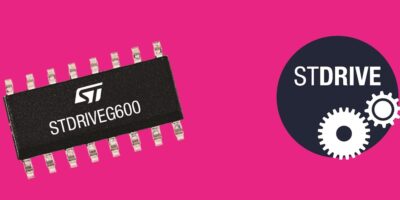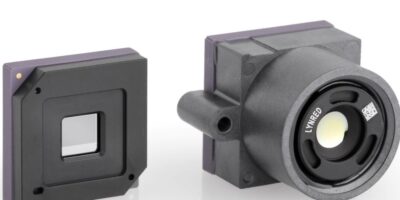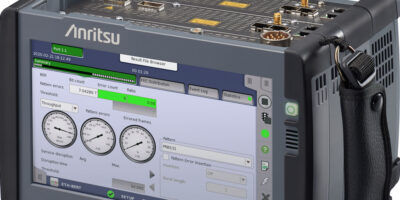Equipped with 11th Generation Intel Core processors, the SOM-5883 computer on module (COM) is designed by Advantech for high-performance edge computing applications.
It is a COM Express Basic Type6 Module and offers octa-core computing performance under thermal dynamic performance (TDP) 45W. It also has Intel Iris Xe graphics and an Edge AI Suite software toolkit, which make the COM suitable for medical imaging and AI applications.
To resolve the heavy workload of image processing applications, SOM-5883 has the capability to support up to 128Gbyte DDR4 3200 SODIMM, with high capacity and high frequency memory technology. The COM includes high speed I/O interfaces including PCIe Gen4 and USB3.2 Gen2 (10Gbits per second) and 2.5Gbase-T for enhanced system expansion. There is also optional NVMe SSD and TPM2.0 onboard design. Other features are -40 to +85 degrees C operating temperature and 8.5 to 20V power input. As a result, says Advantech, the SOM-5883 is reliable and secure for edge computing requirements.
The SOM-5883 offers a 1.7X computing performance growth and 1.5X 3D graphics upgrade. Advantech provides Edge AI Suite containing Intel Open VINO and more than a hundred AI models.
There are four independent displays up to 4K over three DisplayPort 1.4 / HDMI 2.1, optional eDP or LVDS, and VGAl, and the COM is configurable up to two ports 8K HDR outputs. Graphics-driven applications such as ultrasound can achieve much more accurate diagnosis with the combination of native graphics engine and external expansion for system configuration, said Advantech. At the same time, SOM-5883 supports multiple cutting-edge I/O technologies. It enables high speed data transmission with improved bandwidth of 2.5G LAN and an NVMe SSD onboard, with the capability to transfer huge data between AIoT applications. The 2.5G LAN equipped with time sensitive networking (TSN) is suitable for automation or edge applications requiring low-latency. This technology fulfils the demand of real-time traffic, prioritising critical data in the communication process, such as transferring command, actions or safety information on time, said the company. It also supplies extraordinary USB4, which can be configured as DisplayPort, Thunderbolt, USB 3.2, and USB 2.0 in a slim USB-Type-C connector. Advantech also offers USB4 reference design documents and SOM-MZ10 development board, to help partners accelerate the implementation of new I/O technology.
Advantech’s QFCS (Quadra flow cooling system) thermal technology enables the SOM-5883 to release 100 per cent CPU power. The technology is not only efficient in heat dissipation but also thin, quiet and light, sufficiently so to be integrated into a 1U height slim chassis, added Advantech.
The SOM-5883 features error code correction (ECC) memory, TPM2.0 chip onboard to prevent cyber-threats, and also supports BIOS storage protection, security boot, BIOS power-management, plus WISE-DeviceOn for remote hardware monitoring and over-the-air (OTA) software update to prevent system malfunction.







